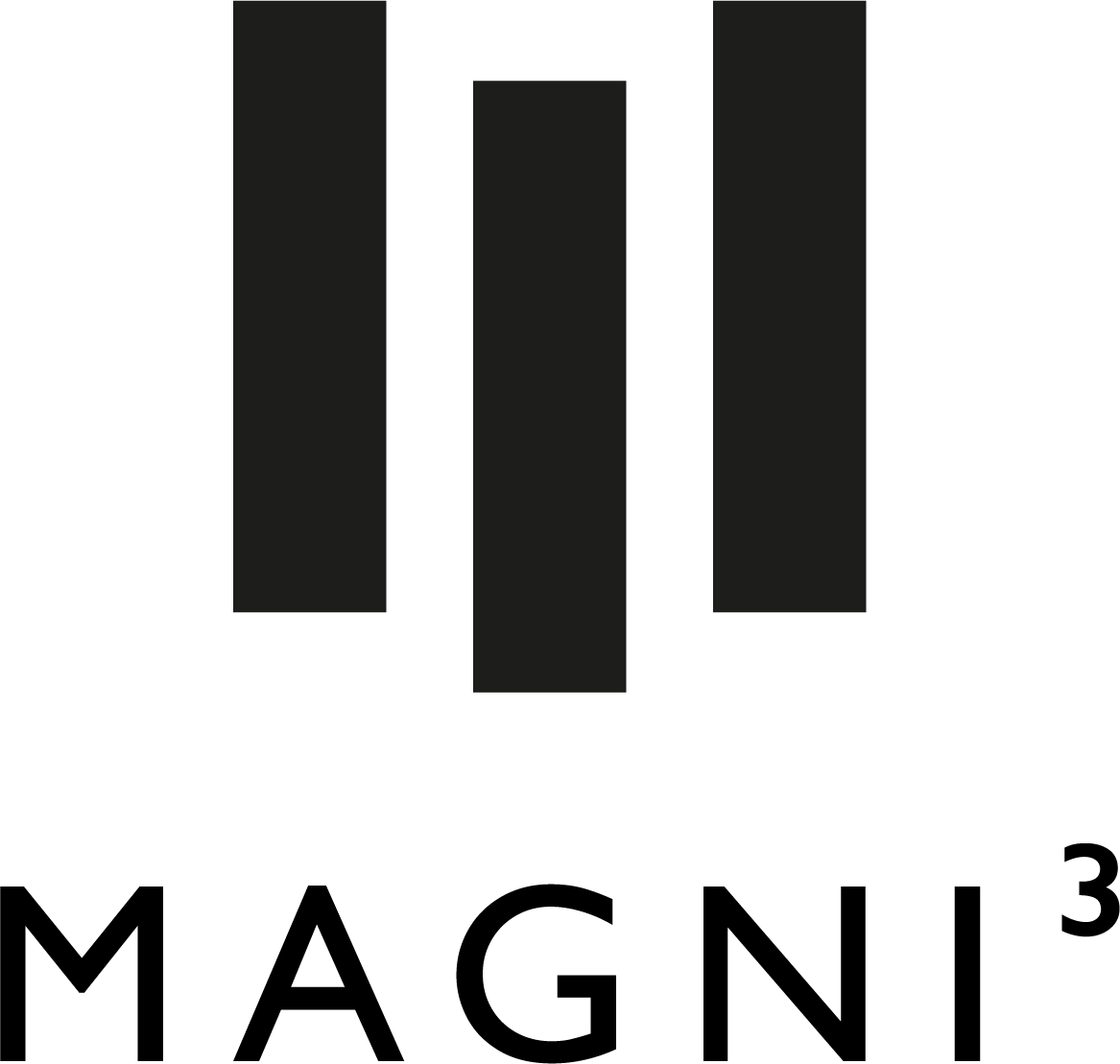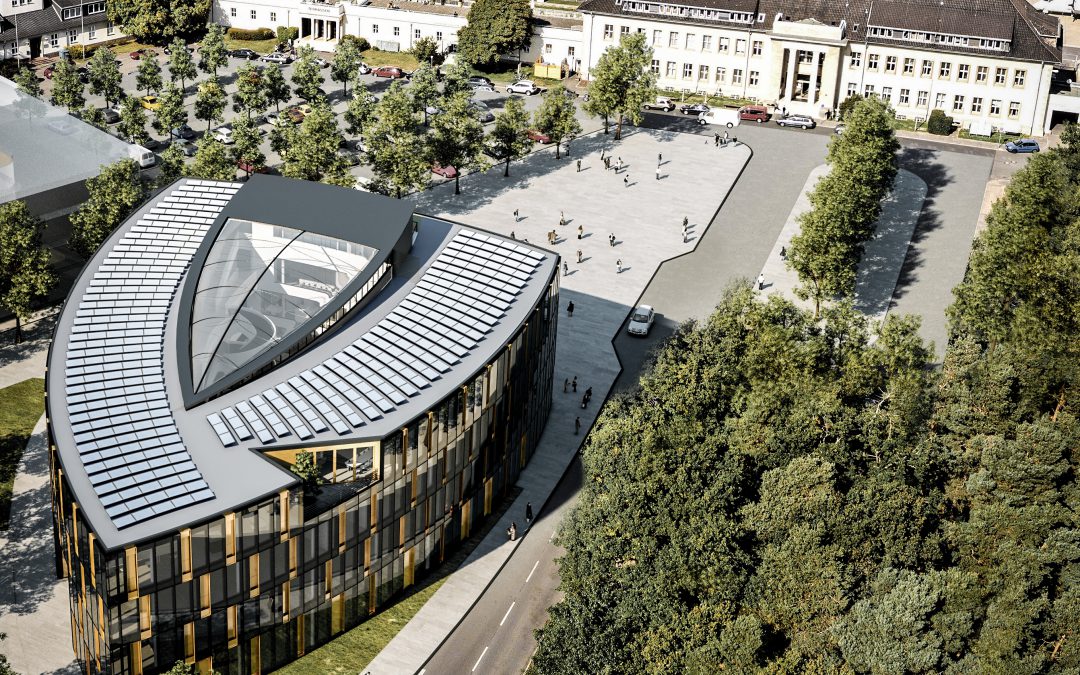Awareness of sustainable investments is growing not only among specialist investors, but also among the general population and small investors who want to use their capital in a positive and social way. In this context, the term “impact investing” has now also arrived in Germany. An approach in which not only the return on an investment is decisive, but the focus is also on the resulting ecological and social impulses. Impact investing has no generally valid definition. However, there is a common feature in every approach: the focus is not only on the return on investment, but also on the resulting impact of the investment. One definition proposed by the Federal Initiative for Impact Investing is: “An investment approach that goes beyond a mere focus on return and risk. Positive social and/or ecological effects should be as direct, intended and demonstrable as possible. The aim is […] to achieve a measurable positive social and/or ecological impact.” Impact investing is already a much discussed topic in the financial industry. Not least because, in the course of the global sustainability trend, legal regulations, such as the EU taxonomy, are increasing and thus social and sustainable investment criteria are also being specified. As a result, companies often commit themselves to sustainability targets and requirements, for example to take into account the ethical and sustainable values of investors in the context of ESG criteria. The real estate industry, with its special macroeconomic importance and its high influence on climate protection and the global sustainability agenda, has a special responsibility. In order to meet this responsibility, it is necessary to start in the early stages, when costs and qualities can still be decisively influenced. We would like to show that the supposed balancing act of yield-oriented but also sustainable neighbourhood development can be mastered by taking the example of the Lilienthal Quarter at Braunschweig Research Airport. In close cooperation with the city of Braunschweig and the architect’s office Rüdiger, Volksbank BraWo Projekt GmbH launched the idea of the Lilienthal Quarter at Braunschweig Research Airport in 2013. The research airport Braunschweig is one of the most innovative economic and scientific clusters in Europe. The combination of research, science, companies and federal authorities in the fields of aerospace and mobility creates unique development opportunities for all parties involved. Due to the central location of the site with direct access to the airport and the A2 motorway, the location is gaining in international importance and is regarded as a research hotspot of Germany. The demand for modern office space is very high here due to the post-war development prevailing at the location. An extensive and detailed market and location analysis revealed what the location lacked in particular: a perceptible and representative centre that reflects the innovative power of the location and the quality of the resident companies. From the original approach of building modern office space, an extensive quarter development gradually developed, characterised by short distances, networked working and space for creativity, innovation and technology. Entirely in keeping with the principle of sustainable development, the course has thus been set for a long-term upgrading of the location and development impulses for further economic growth.
1- Airport Braunschweig-Wolfsburg/ Research- Airport 2011
As an architectural and technical highlight and representative centre of the quarter, Lilienthalhaus I was opened in 2016, thus completing the first step in the development of the quarter. Lilienthalhaus I complements the research airport not only with ultra-modern and flexible office space, but also with high-quality event space and additional catering facilities. The possibility of holding events and conferences in combination with catering services is an essential component of long-term development, from which the entire location benefits. As part of a strong focus on the early planning phases, a sustainable and resource-saving building design was created and implemented in a DGNB Gold certification. The foil cushion roofing alone saves 40 tons in weight and material compared to a conventional glass roof construction. Taking into account the electrically tintable window surfaces, the saving in CO2 emissions amounts to 94 tons over the 50-year period under consideration. By using energy-efficient and sustainable technologies, the ancillary costs can also be kept comparatively low and rents can therefore be agreed at a fair level. In order to be able to act sustainably in the sense of impact investing and still achieve returns and create value, long-term asset management is required in addition to project development. In line with this guiding principle, Volksbank BraWo, as the owner of Lilienthalhaus I, is contributing to the continued upgrading of the research airport and the preparation of the necessary infrastructure. For example, a research multi-storey car park for the neighbourhood was built in 2018 as part of a PPP model, so that the parking space situation at the site could be reorganised and consequently further measures necessary for urban development, such as the complete redesign of Lilienthalplatz in 2019, could be carried out. It can be noted that various impact investing approaches were applied in the development of Lilienthalquartier. The focus is not only on the economic success of the individual projects, but also on the social and ecological effects on the entire region. In particular, the influence of Lilienthalhaus I as the first development impulse is to be emphasised, which stimulates further investments also by urban and third parties and thus contributes to the overall development of the quarter.
2- Current status of the Lilienthal quarter (04.2020) With newly designed Lilienthalplatz, Lilienthalhaus I and research car park [Source: messWERK GmbH]
3- Future perspective of the Lilienthal quarter [Source: cube visualizations, ARCHITEKTENRÜDIGER].

